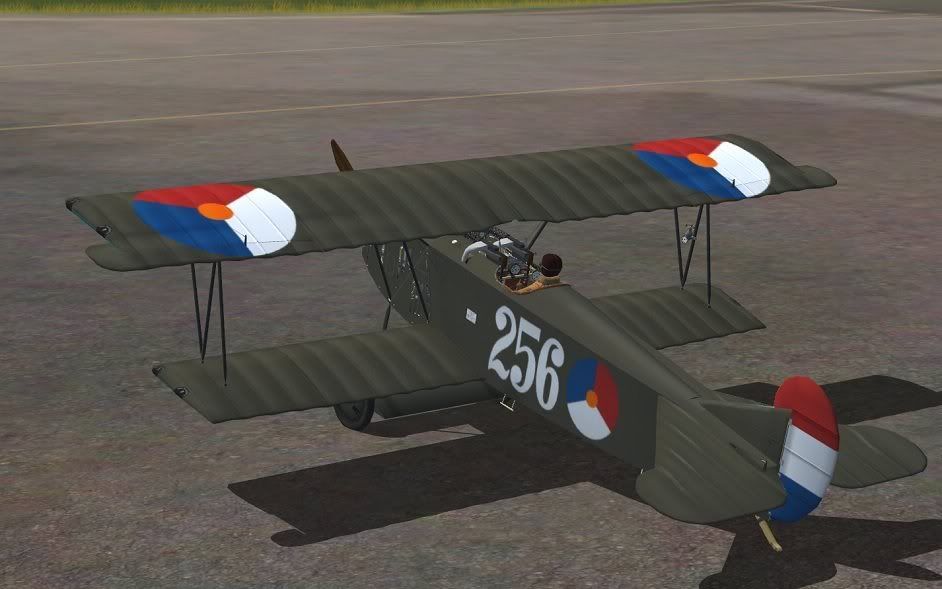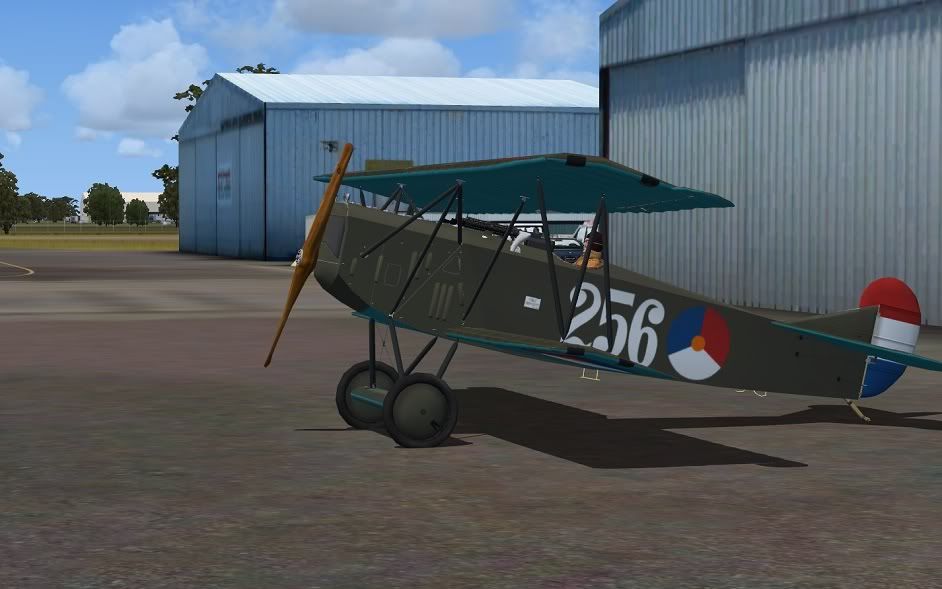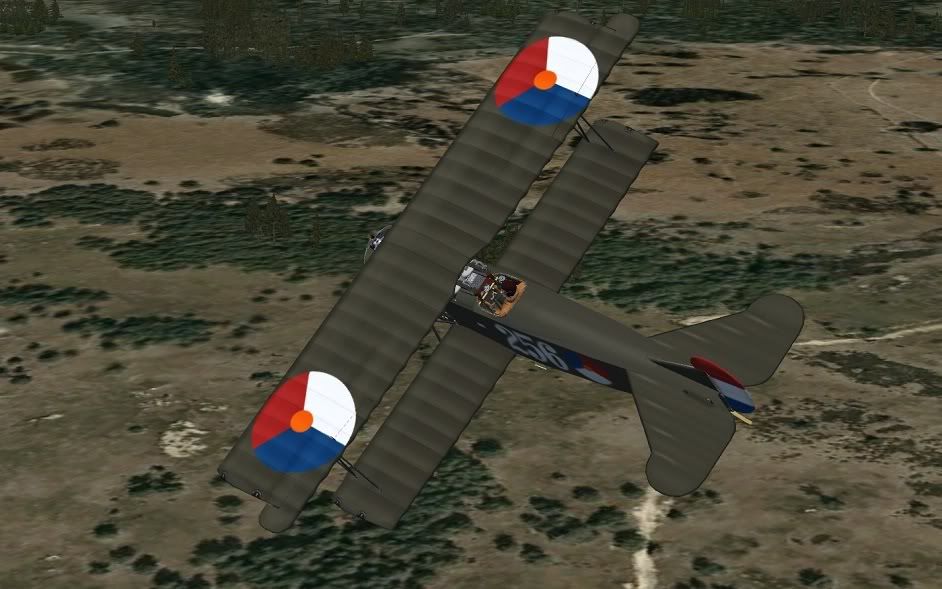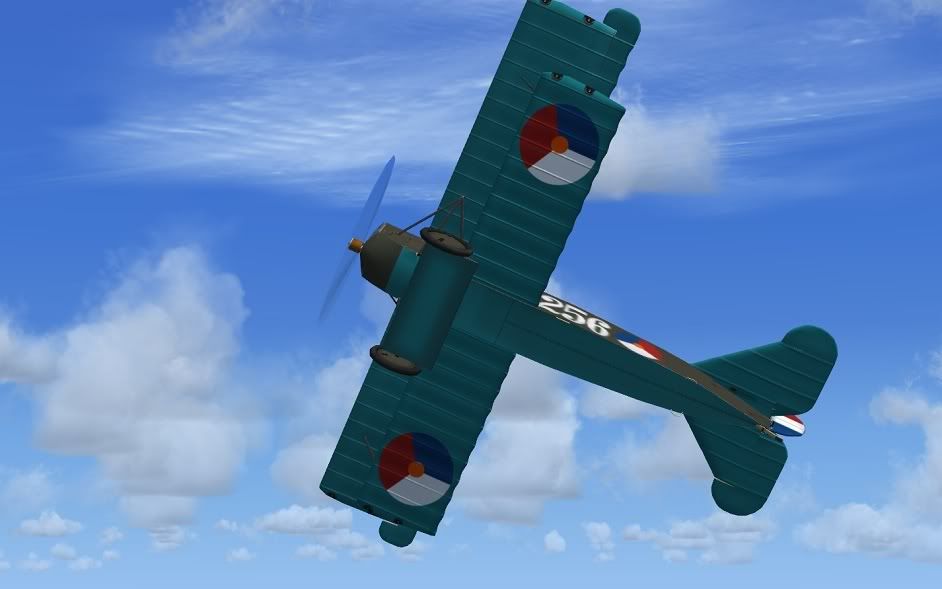Hi Cees,
yes, they are and they have been applied this way for quite some years!
After 1914 the Dutch national marking was an orange ball. In 1920 the new roundel was introduced in Dutch East Indies to avoid confusion with the Japanese national marking (Over 20 years before the war started there!).
In 1921 the NEI design was made national (so also introduced in the Netherlands) and sizes were standardized. Wing size was 5/6 of wing depth, fuselage 5/6 of fuselage height where it's located. On the wingtips it should be placed equal distant from all three edges. On the fuselage half way between the trailing edge of the (bottom) wing and the rudder's pivot, equal distant from top and bottom of fuselage. On the wings the red part should point forward, on the fuselage the white part downwards. Orange dot was 1/5 of the roundel's diameter size. Rudder was red-white-blue top to bottom, each of equal height.
In 1932 (!) the direction of wing colours was changed: the white colour should now point backward.
The 3 colour rudder was abolished in December 1938 in Europe and in July 1939 in the NEI.
From October 1939 (Europe) and December 1939 (NEI). Equal sided triangles, as large as possible (but not touching each other), pointing down- (fuselage) / backward (wing). On the wing with its point equal distant from tip and fuselage (more outward on planes with bomb racks or floats). On the fuselage half way between the trailing edge of the (bottom) wing and the rudder's pivot, equal distant from top and bottom of fuselage. Rudder was orange. Triangles and rudder had 10 cm wide black borders (pictures of orange triangle over roundel are probably 'work in progress'). Officially this scheme was also used on Dutch planes not with RAF-Europe up to 1946.
Source: Camouflage and Markings - Colours of the Dutch Air Force.










